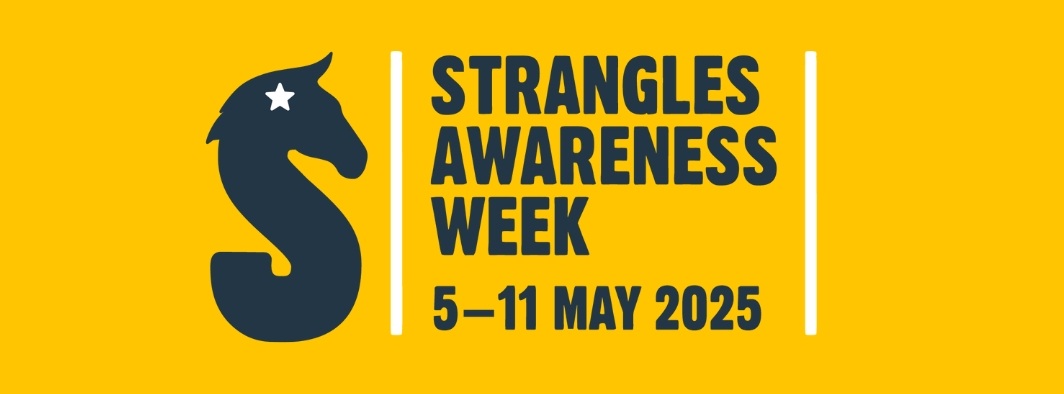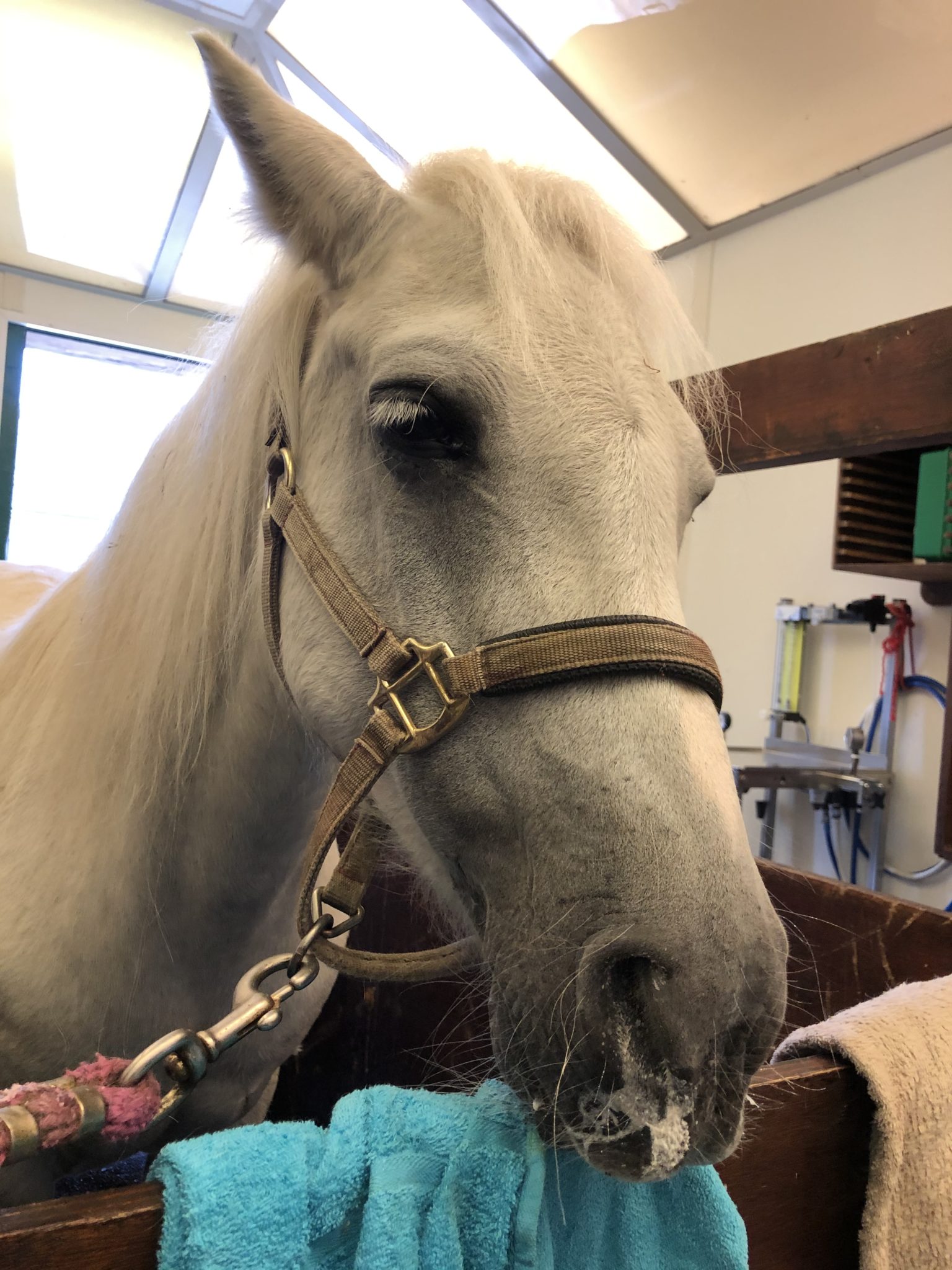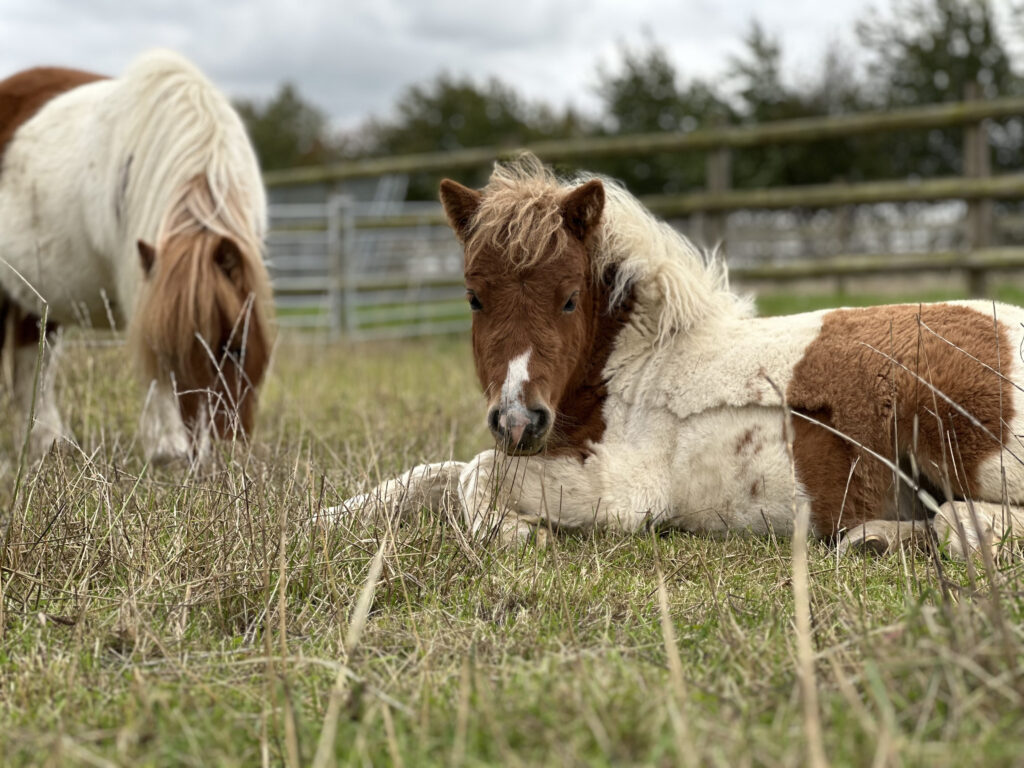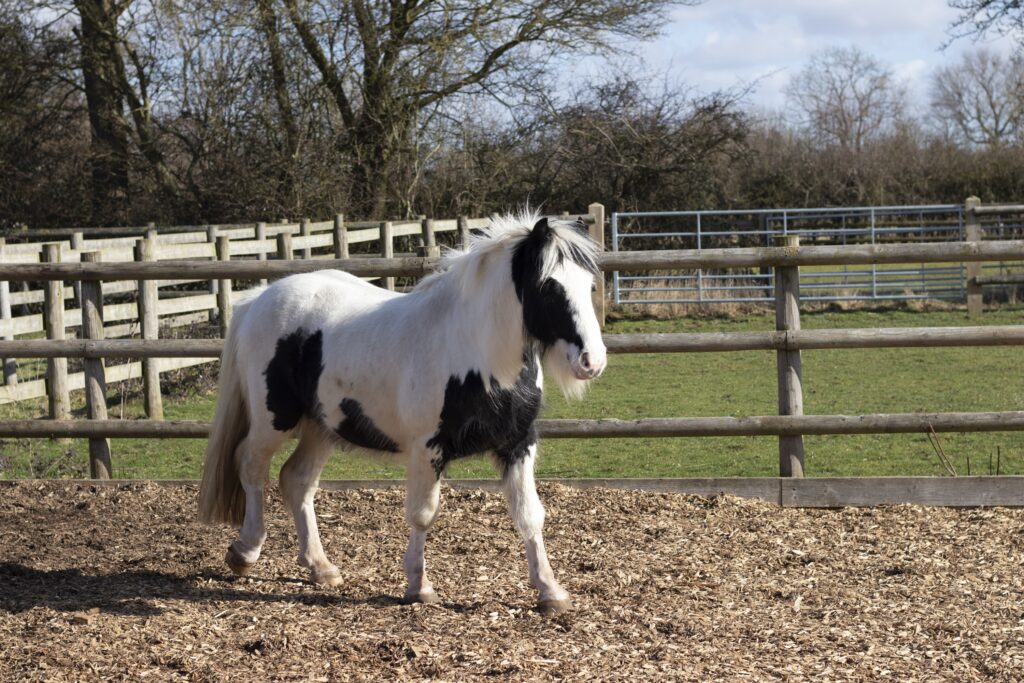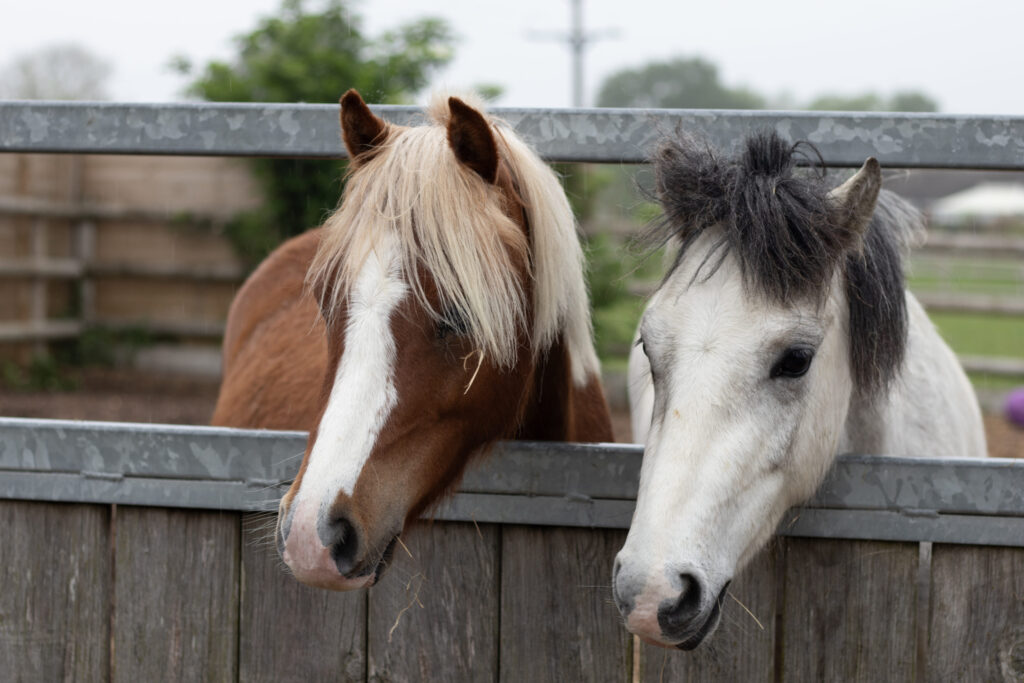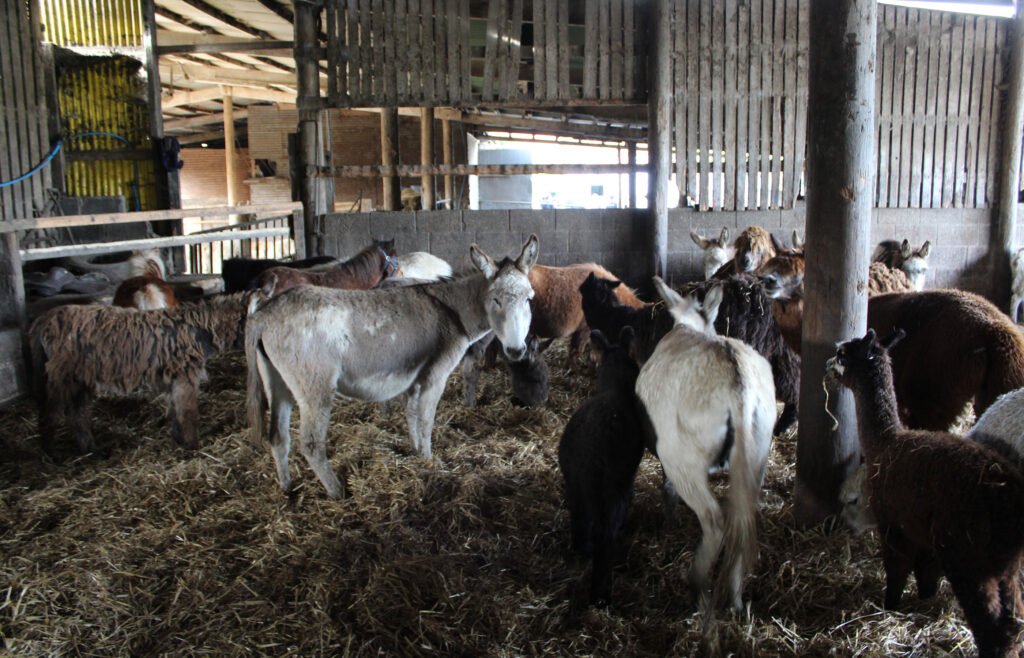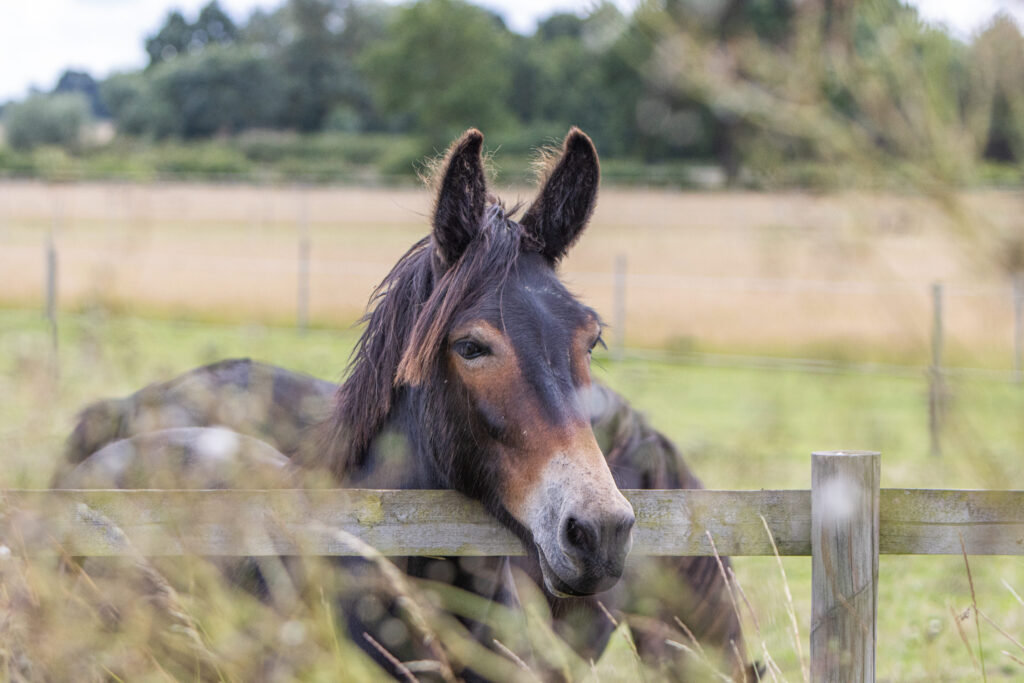Late in the summer of 2020, Bransby Horses were contacted by the team at Park Hall Veterinary Clinic in Mansfield Woodhouse about a particularly challenging equine case they had encountered when dealing with a strangles outbreak at a nearby yard.
Ellie, a much-loved 10-year-old, grey pony mare had been caught up in the outbreak earlier in the summer, developing a temperature, which put her off her food, together with both a nasty, thick, custard-like nasal discharge and an intermittent cough.
Ellie’s vet, Kate, put her on a course of anti-inflammatories to reduce the fever and make her feel like eating again. Kate also took a small amount of blood from Ellie which confirmed the suspicion of strangles; a second blood test two weeks later showed Ellie’s immune system was still producing more antibodies to fight the bacteria, demonstrating that it was an active case of strangles rather than an old, historic immune response.
Five weeks later, once Ellie appeared to have recovered well from the infection, Kate passed an endoscope (a thin, flexible camera) up Ellie’s nose into her guttural pouches (two air-filled spaces that sit on either side of the horse’s head). This is where Streptococcus equi bacteria (the strangles bug) are known to set-up long-term infections which often cause no obvious, outward clinical signs of disease… but which result in the “carrier” horse.
Carrier horses remain infectious and therefore a danger to other horses, ponies and donkeys. Kate was shocked at what she saw: both pouches were completely filled with dozens and dozens of large spherical structures known as chondroids.
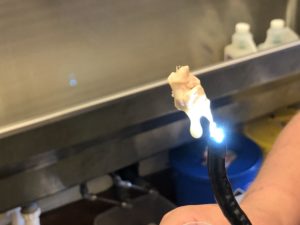
Chondroids are balls of pus containing Streptococcus equi bacteria. Given the sheer number of chondroids discovered, Kate decided it might be wise to “phone a friend” to come and help!
Bransby Horses’ veterinary advisor, Jeremy, was pleased to be able to help. At Bransby Horses, we bring in around 120 horses each year, who all undergo guttural pouch endoscopy to make sure that they are clear of strangles and we treat any carriers that are identified so that they can have happy, healthy lives. Here was a perfect opportunity to improve not only Ellie’s welfare, but also safeguard those horses and ponies with which she would come into contact with in the future, while all humans involved in the procedure could safely socially-distance.
When Jeremy passed the endoscope into Ellie’s guttural pouches a few days later, he was also taken aback. Although a strangles veteran (Jeremy has performed literally thousands of guttural pouch endoscopies), he remarked that it was one of the most severe cases that he had ever seen. Undaunted, Jeremy and the Park Hall team set to work to remove all of the infective material from Ellie’s pouches while she was gently sedated in the stocks.
After a challenging few hours, by the end of the day all of the visible chondroids and pus appeared to have gone. As a final precaution, Jeremy instilled antibiotics into the pouches to ensure that any traces of bacteria were killed and also put Ellie on a course of in-feed antibiotics.
Three weeks later, Jeremy and the Park Hall team re-examined Ellie’s pouches to check that the treatment had been successful. They took some washes from the pouches to send to the laboratory to confirm this and, a few days later, everyone was very relieved with the results: Ellie was indeed clear of the infection and could return to her normal life without risk to any of her stablemates.
Ellie had no complications after either of the endoscopy procedures and has gone on to lead a very happy life with her owner. We are very pleased that Ellie is now feeling well again.
For more information on strangles, visit our Equine Advice pages here and join Bransby Horses, Redwings Horse Sanctuary and other leading equine organisations across social media to spread the word, not the disease during Strangles Awareness Week, 5-11 May 2025.
This case study was published with the kind permission of Ellie’s owners to promote awareness of strangles during Strangles Awareness Week.
